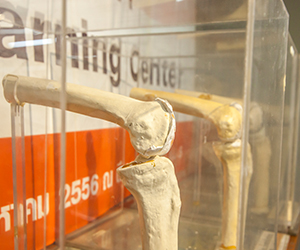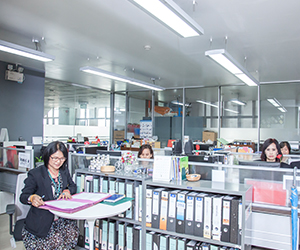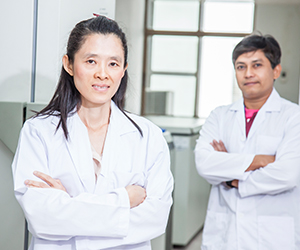Director : Assoc. Prof. Bavornrit Chuckpaiwong, M.D.
Attending staff :
Assoc. Prof. Aasis Unnanuntana, M.D., MS.
Pojchong Chotiyarnwong, Ph.D., M.D.
Honorary advisors :
Prof. Thossart Harnroongroj, M.D., ARZT FUR ORTHOPADIE, Dr. Med
Prof. kamolporn kaewpornsawan, M.D., Ph.D.
Research staff
Miss Karbkaew Soparat, B.Sc(Nursing), M.Sc.(Applied Statistics)
Miss Narumol Sudjai, B. Sc. (Applied Statistics)
Mr. Tanatip Srisuchinthara, B.Sc., MBA
Miss Siranart Kumpravat, B.Sc., M.Sc. (IT)
Mr. Harit Pumsawai, B.Sc., M.Sc.(Information technology)
Miss Wachirapan Narktang, B.Sc.(Applied statistics), M.Sc. (Applied statistics)
Miss Natthanan Thadajariyawong, B.Ba. (International Business)
Introduction
In January of 1964, orthopaedic surgery specialty was separated from the Department of Surgery and was established as its own department. At the beginning, there were only a few faculty members, and not much research was conducted or findings published. At that time, there were only 2 Thai medical journals available, Journal of the Medical Association of Thailand and Siriraj Medical Journal. Therefore, faculty members mostly preferred to write textbooks as a tool to educate medical students and other junior physicians. From 1964 to 2012, there were 397 research publications by the Department’s faculty members, with 95% of those published from 1990 forward. Past and present Department Chairpersons have placed research as one of the most important activities for faculty members in addition to teaching and service. With a vision for a strong structural support for research, the Department’s current Chairperson, Professor Panupan Songcharoen, MD, established the Research unit in 2010 to house researchers and research staff from all divisions within the Department of Orthopaedic Surgery. The Research unit is located on the 4th floor of the Lottery Building that used to be occupied by the sport medicine division.
Service
The Research unit provides systematic and timely research support to the Department of Orthopaedic Surgery’s faculty members and residents. Services include research and statistic consultation, sample size calculation, preparation of proposals for review by the Siriraj Institutional Review Board (SIRB), data collection, data analyses, and preparation of research manuscripts to submit for publication. At first, there were only a small number of research staff. However, since 1990 there has been a steady increase in research activities and research publications by faculty members, resulting in an increased number of research staff to provide the needed support. Presently, we have 7 research personnel including 1 researcher, 5 research staff, and 1 administrative support staff.
Training
We provide training on introductory research methodology and basic statistics related to research in orthopedic surgery. We also provide yearly training courses to residents and other staff who are interested in research on research-related skills such as searching for literature in PubMed, using statistic program such as SPSS, and using bibliographical software such as EndNote.
Research interest
The research unit’s main function is to support research activities. Therefore, we are interested in understanding the Institutional Review Board’s approval process by analyzing barriers within the process in order to resolve those barriers and speed up the IRB approval. We are also interested in further understanding grant proposal submission and manuscript submission processes, so that we can identify potential problems in those processes and identify appropriate solutions.






